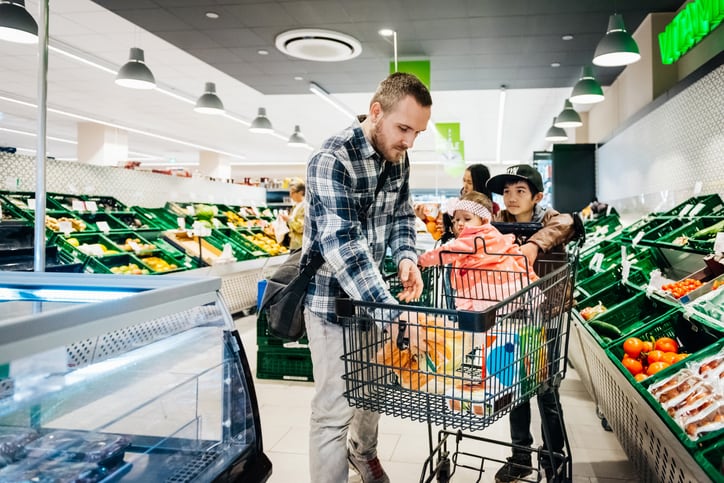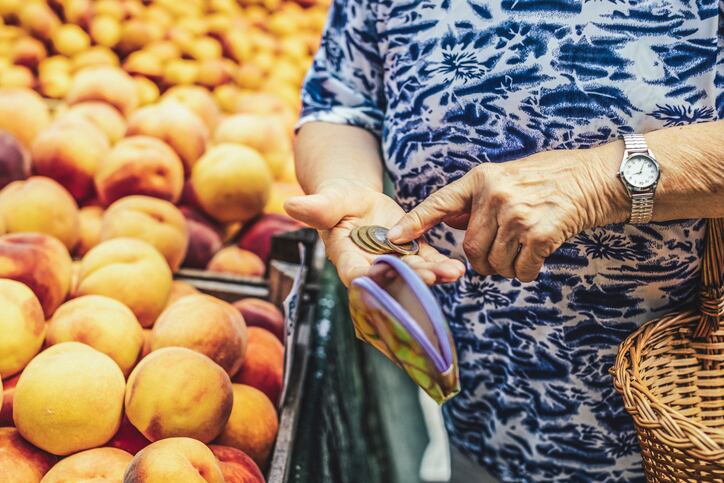Consumers globally are preparing to hunker down for a long financial squeeze, as the increasing cost of living and geopolitical uncertainties push them to seek financial control amid low economic confidence.
The 10th edition of the global research of 18,000 consumers, conducted between 18 May to 7 June 2022, found that 79% of consumers say their finances are a concern, with 62% expecting their living costs to increase even further over the next six months. These concerns over personal finances are affecting the majority of all income levels, from low income (87%) and middle class (77%) to high income (64%).
With consumer confidence shrinking, the research reveals a significantly pessimistic economic outlook from the Western markets when compared to emerging/other markets. Many more consumers from the US (54%), UK (65%) Germany (84%) and France (85%) said they believe life will remain the same or worse over the next three years, compared to Brazil (21%), India (24%), Saudi Arabia (37%) and China (38%). With this continued “always-on emergency mindset” adopted from the pandemic, consumers globally are increasingly focusing on controlling their spending and re-adjusting priorities to maintain their values and lifestyles in the face of disruption.
With living costs spiralling each week, the FCI research showed that consumers are demanding affordability, as more than one in three consumers (35%) said they are worried about having enough money to spend on things other than living expenses. Consumers are not simply trading down on their essentials to cut costs, but instead are trying new brands (33%) and switching to private label or owned brands (21%), ultimately exposing one-third of a brand’s addressable market to risk.
Kristina Rogers, EY Global Consumer Leader, said: “As talk of a looming recession increases in many markets globally, consumer businesses are bracing themselves for further economic pressures. Much like during the pandemic, consumers are quickly pivoting their priorities and adapting to disruption, but are now increasingly pessimistic about the economic outlook, in particular among European markets.”
Sustaining sustainability versus trends
Despite increasing momentum and pressures to live in a more environmentally friendly way, consumers’ efforts are being stunted by the rising cost of living. Sixty-seven percent of global respondents said the high price of sustainable goods and products is significantly putting them off from buying them. However, consumer sentiment toward sustainability has improved compared to May 2021: fewer associate sustainable products with low quality (67% May 2021 vs. 58% May/June 2022) or poor durability (58% vs. 50%) and more are increasingly trusting the information about sustainable products from the companies that make them (lack of trust decreased from 59% to 51%). Consumers are seeking new methods of conscious consumption with 87% of respondents trying not to waste food.
Driven by the current demand for affordability, consumers are substituting non-essential spending categories and looking for alternatives, making what they have more sustainable.
“Despite consumers finding ever more creative ways to adapt to rising living costs, businesses must not become complacent with their sustainability efforts,” said Rogers. “Consumer businesses need to offer new opportunities to retain customers, such as by offering lifetime repairs to reduce the number of replacements and the brand’s environmental impact. Businesses must maintain momentum – consumers aren’t compromising on sustainability but finding alternative ways to live their values. When economic challenges ease, consumers will align with businesses they trust and who share the same values.”
Consumers and businesses braced for further economic pressures:
- 68% of consumers are more aware and cautious about their spending, up from 61% in May 2021
- 57% of consumers are extremely concerned about the increasing cost of groceries and other household essentials
- 78% of consumers have noticed an increase in fresh/packaged food in the last 4 months while 71% expect a price increase in the next 6 months
- 30% of low-income consumers are purchasing less; 22% of middle-income consumers are purchasing cheaper alternatives
- 77% of consumers have noticed an increase in food staples (wheat, rice) in the last 4 months while 68% expect a price increase in the next 6 month
- 28% of low-income consumers are purchasing cheaper alternatives; 22% for middle income
- 14% of low-income respondents have stopped purchasing alcoholic beverages following price increases
- Low (34%), middle (36%) and high (39%) income consumers all plan to spend more on fresh food over the next four months and plan to spend less on both alcoholic (48%, 37%, 28%) and non-alcoholic (31%, 24%, 17%) beverages over the same time
- 35% of consumers plan to spend less on grocery deliver services in the next 3-4 months; 21% are ordering groceries online more often
- 87% of consumer are making an effort to not waste food
Consumers deterred by online data protection
The survey reveals a small, but a growing number of respondents are interested in exploring emerging digital experiences. About one in ten (12%) consumer respondents have used digital currencies (18% among millennials and 15% among Gen Z), experienced the metaverse (9%) or purchased a virtual product (8%), largely driven by younger and more affluent consumers.
However, as the digital world expands, consumers are becoming extremely cautious with sharing their data. Globally, 86% of respondents say they are worried about ID theft/fraud and 72% are concerned when sharing personal information on a website/app. Additionally, 80% are concerned about apps tracking their movements; fears that are felt strongly across all generations.
“The consumers that learned to behave digitally during pandemic lockdowns are once again using this as a means of saving money. The adoption of newer forms of digital goods and services will present new opportunities for companies to invest in developing channels to differentiate their brand experience, innovate, capture more consumer data, test products digitally or create digital product lines, while ensuring they invest in cybersecurity across all elements of their business,” Rogers added.
“The industry is once again at a crossroads. Businesses must prepare for their future consumer and embed both sustainable innovation and data protection into the foundations of their strategies. Though consumers are seeking to grapple control of their finances and weather soaring inflation, brands will need to maintain loyalty and build trust, to reap the benefits when their customers can return with more disposable income.”



